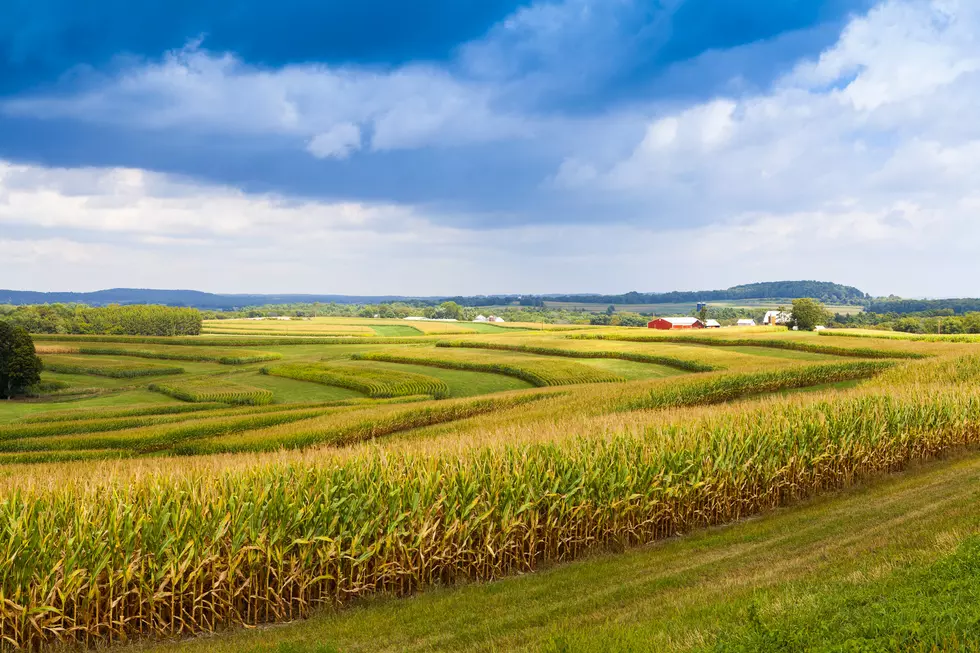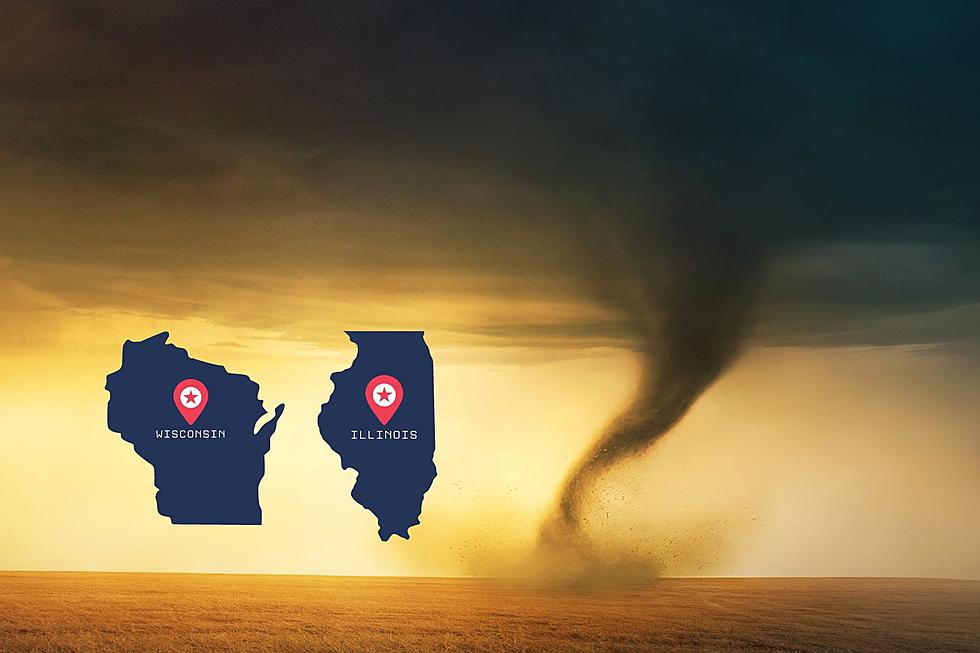
Iowa’s Summer Temperature / Precipitation Outlook Released
The National Weather Service Climate Prediction Center has released its three-month outlook for the United States. Will it be hot this summer in Iowa? Or will it be a cool summer? The answer is: Maybe.
The NWS CPC says:
Increased chances for above-normal temperatures this summer exist nationwide with the exception of parts of the Mississippi Valley.
So, there are equal chances of the summer months to feature above-normal temps and below normal temps.
Looking back to 2020; (according to temperatures recorded at the Waterloo Airport) the month of June featured five days with high temps at/above 90*. July was scorching hot in the Cedar Valley with 15 of the 31 days recording high temperatures at/above 90*. August continued the hot summer with a total of eight days at/above 90*. Even September had one day in the 90s.
The hottest day of 2020 was June 2 when it reached 96*. Four summer days in 2020 reached at least 95*.
NOTE: These are the air temps, not the heat index. But, according to the Iowa Environmental Mesonet, the Cedar Valley spent a total of 38 hours above a Heat Index of 100* in 2020 -- below the average of 47.6 hours above a Heat Index of 100* for a calendar year in Waterloo.
June, July, and August of 2020 were each 2.5-3* warmer than normal.
As for the drought, the Climate Prediction Center said:
Drought persistence or development is favored for most of the West and High Plains, based on elevated probabilities of below-normal precipitation and above normal temperatures for June-July-August. The Great Plains and Corn Belt will be closely monitored in the monthly drought outlooks through the summer.
Even with all the rain this week, the NWS Des Moines says that the drought conditions across the state haven't changed:
LOOK: The most expensive weather and climate disasters in recent decades
Ten Iowa Trivia Questions
More From 97.7 KCRR









